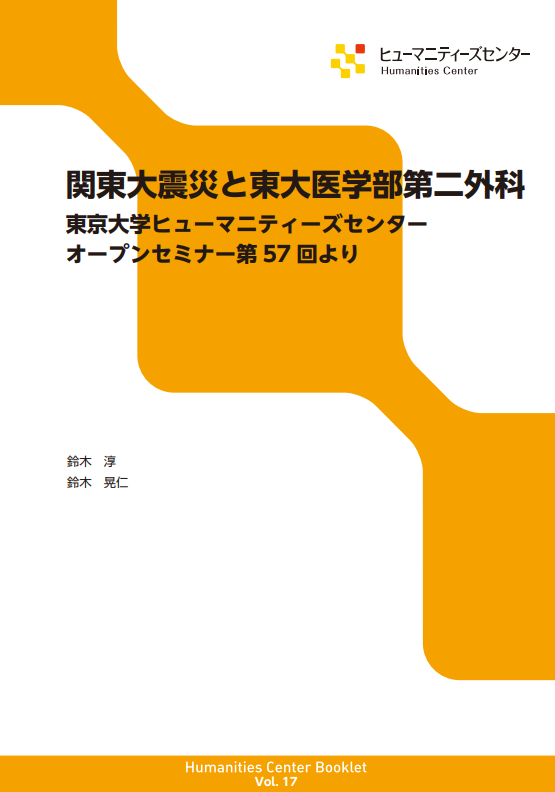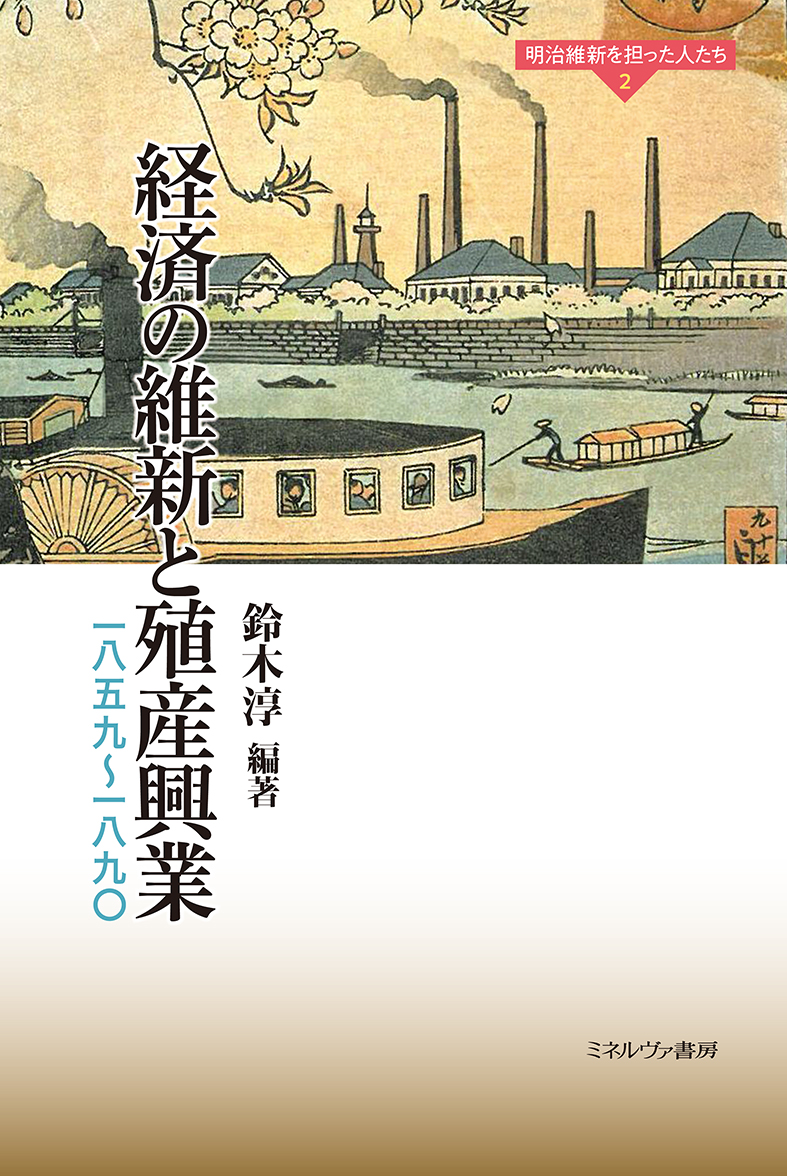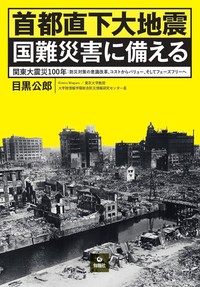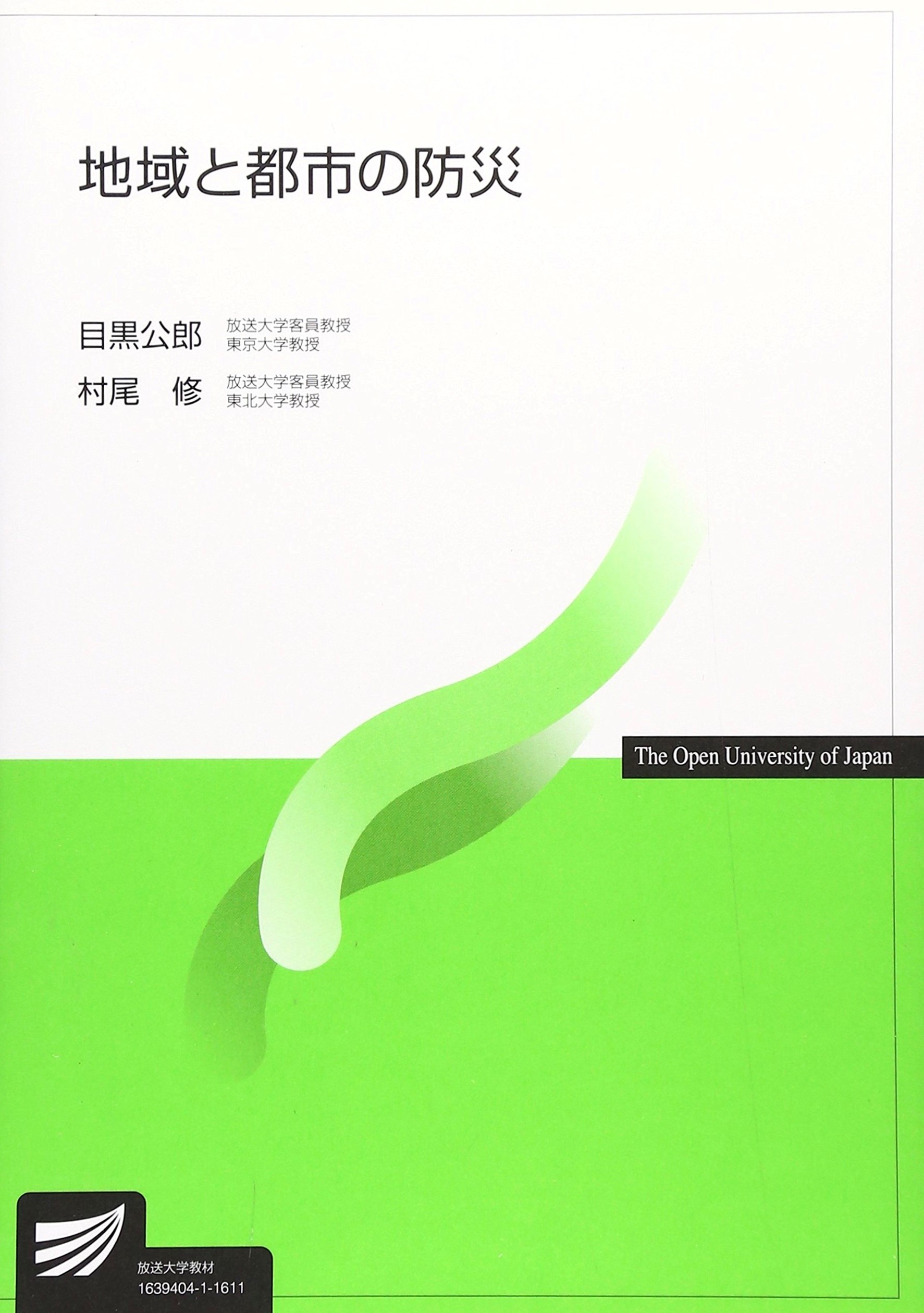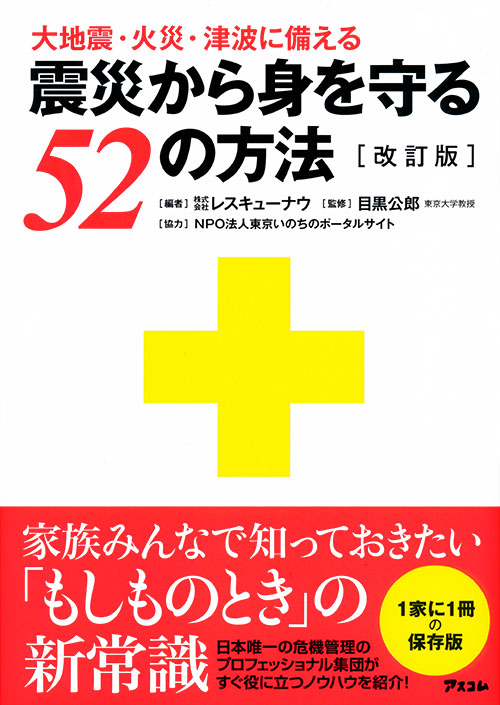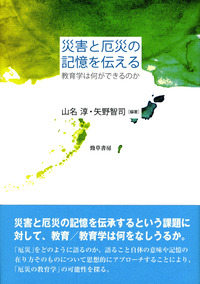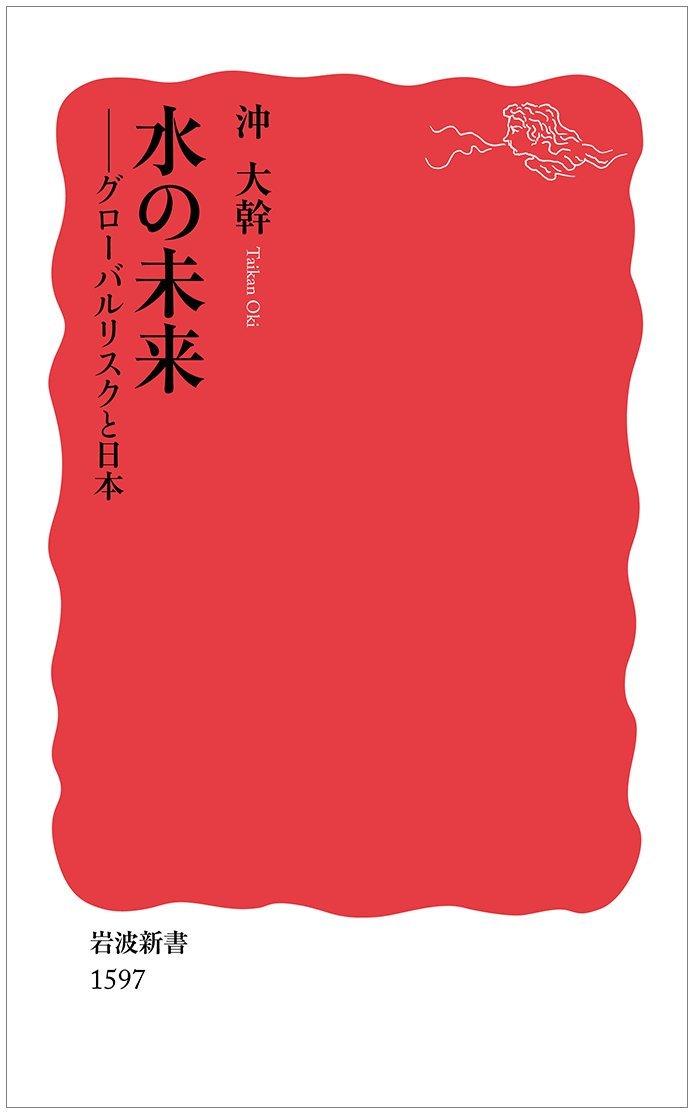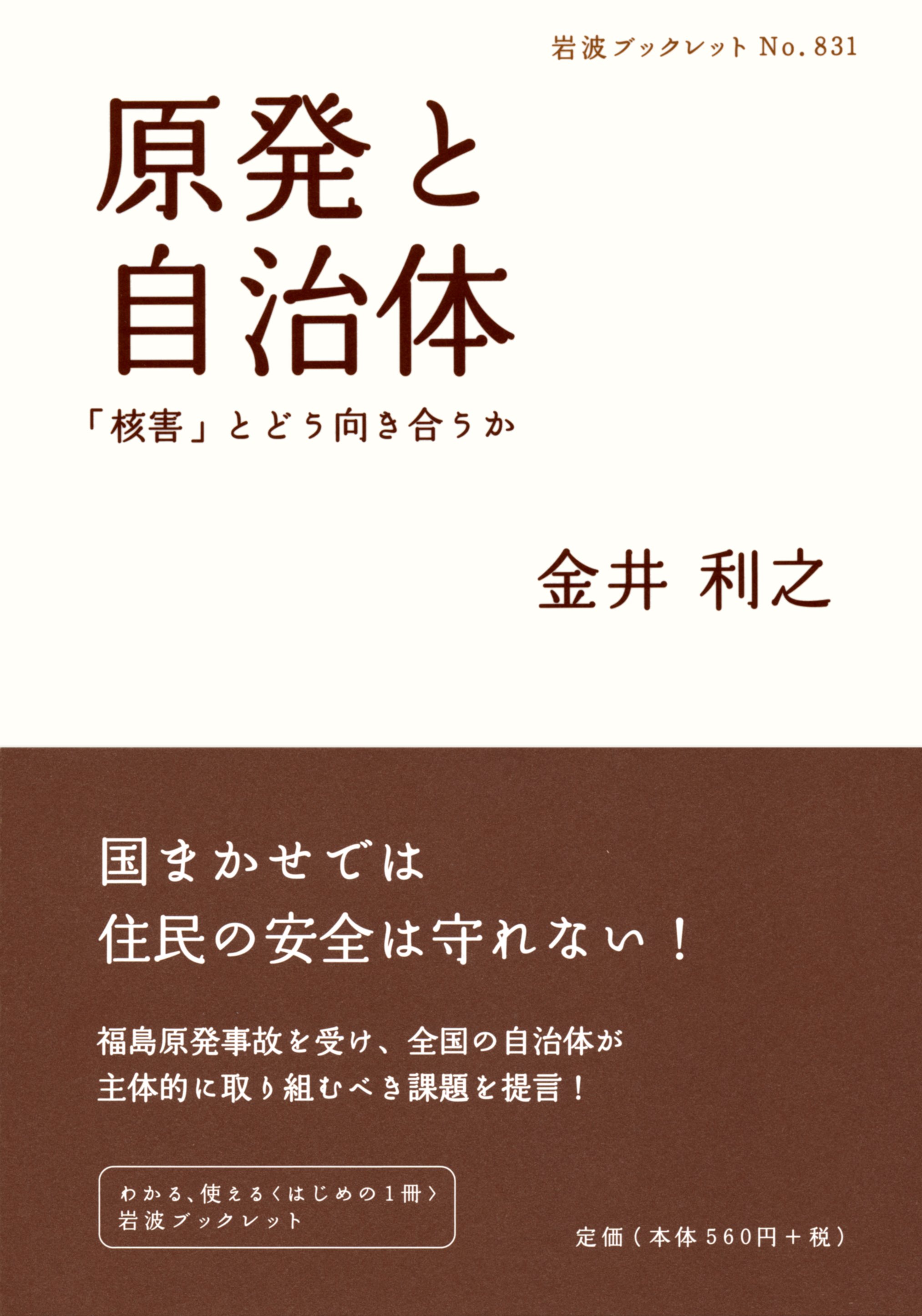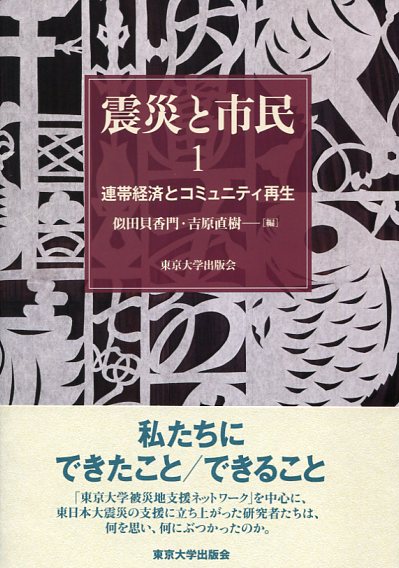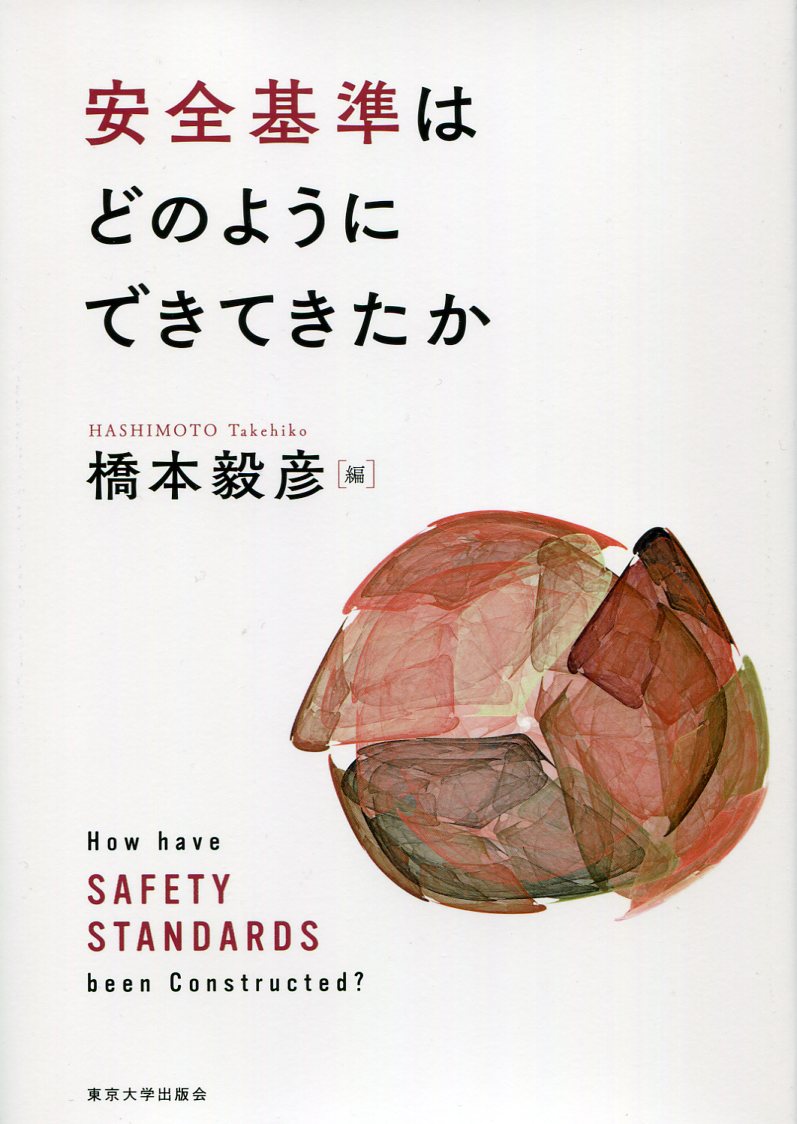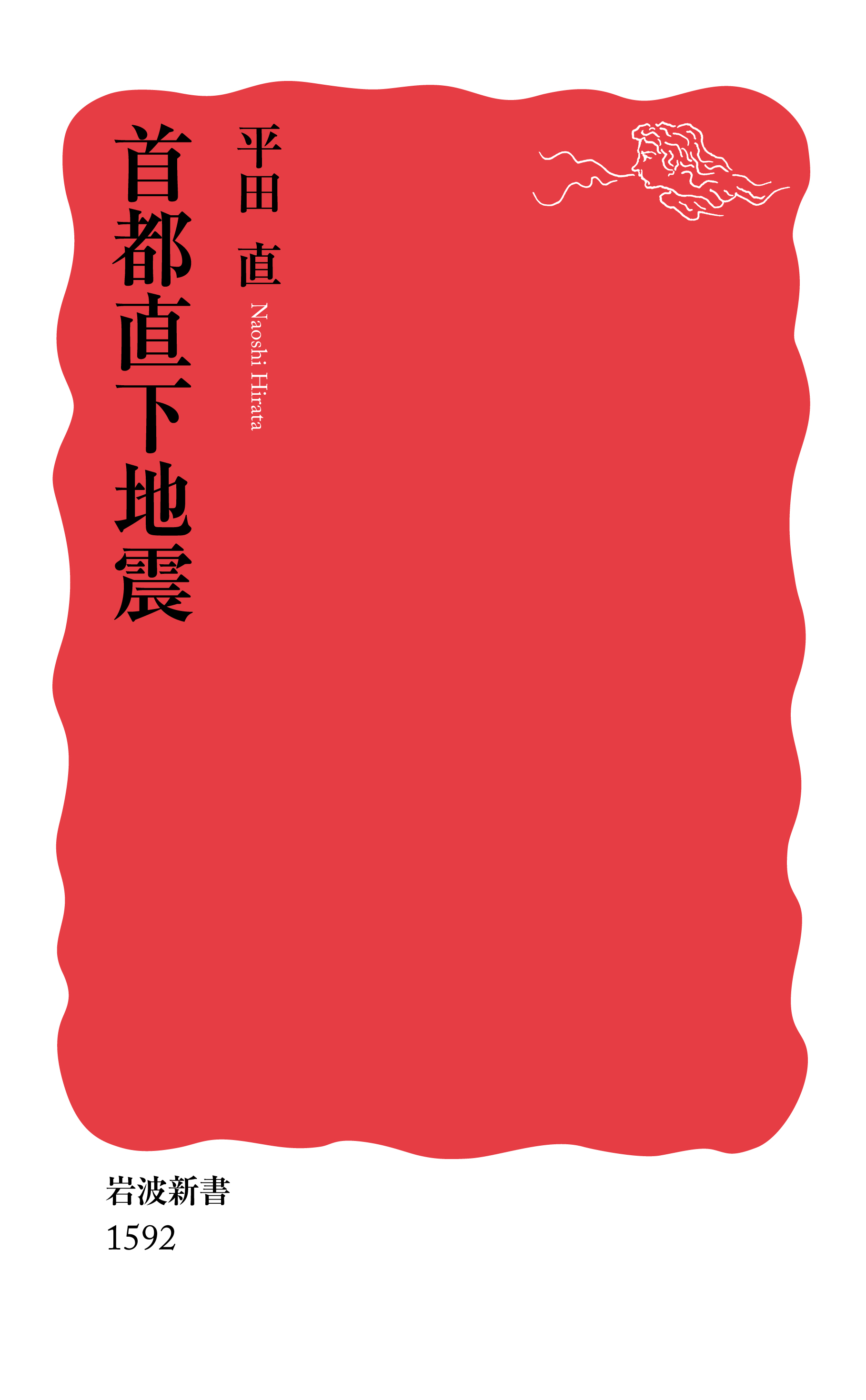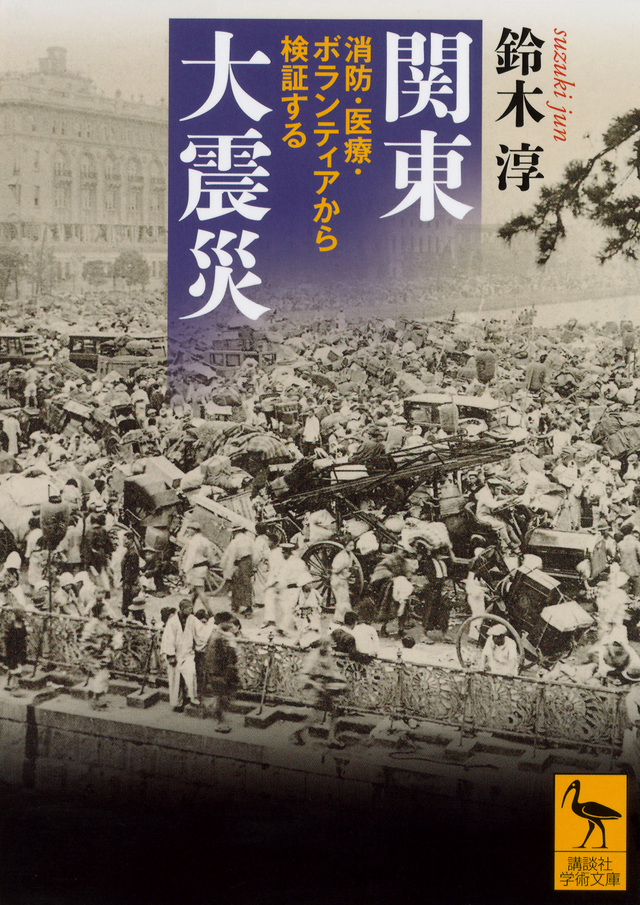
Title
Kodansha Gakujutsu Bunko Kanto Daishinsai (The Great Kanto Earthquake: Firefighting, medical treatment, and volunteering)
Size
224 pages, A6 format
Language
Japanese
Released
August 11, 2016
ISBN
978-4-06-292381-1
Published by
Kodansha
Book Info
See Book Availability at Library
Japanese Page
There are many historical studies on the Great Kanto Earthquake of 1923, but these generally focus on the issue of the persecution of people of Korean heritage. The importance of this issue remains unchanged, and is addressed in this book. However, this work also focuses on other aspects of the event to empirically describe the realities of the disaster and efforts and limitations of the people who faced it. In doing so, the work is intended to serve as a reference for those dealing with disasters in the future.
One of my research topics as a graduate student was how the introduction of new technologies changed firefighting organizations in Tokyo. The Kobe Earthquake of 1995 struck in my first year as a university faculty member, making me think about the potential use of historical research in disaster prevention. Damage during the Kobe Earthquake was caused primarily by structural collapse, changing the existing impression stemming from experience of the Great Kanto Earthquake that large fires are the main cause of damage in earthquake disasters. However, the potential for large fires caused by earthquakes has not disappeared, and some of the failures in response to the Great Kanto Earthquake were repeated during the Kobe Earthquake disaster. This coincided with a time when most people who experienced the Great Kanto Earthquake had passed away. With this in mind, I decided to contribute to the development of disaster prevention systems, including the mental preparation of people concerned, by collecting records of the Great Kanto Earthquake and recollections of people involved. These were to be read in a critical and comparative manner to reveal forgotten events and lessons or those not explicitly described at the time because of issues such as liability. This intention strengthened as I communicated with researchers and practitioners involved in disaster prevention through advisory bodies to the government and disaster prevention symposiums that became active during the Kobe Earthquake disaster.
The damage caused to large cities by the Great Kanto Earthquake was more serious in Yokohama than in Tokyo, and Kanagawa Prefecture also suffered a tsunami and landslides. This book, however, focuses on Tokyo. This is because there was a considerable disaster response in Tokyo and numerous records remain, making it suited to the task of deriving lessons on disaster prevention. The book describes the disaster prevention systems at the time, the nature of damage caused primarily by large fires, and the response of people in the immediate aftermath of the disaster. Much information could provide useful lessons in responding to potential disasters in the future. This includes factors that exacerbated damage such as overconfidence in new technology and a lack of imagination regarding disasters; various discrepancies that arose on the ground; the origin of the persecution of people of Korean heritage, which hindered the provision of aid to survivors; and that for many people who lost their homes, the most effective aid was the provision of meals and a place to sleep by residents of the disaster area who had suffered little damage. Furthermore, certain circumstances reflected the character of the times. For example, disaster volunteering took the form of relief parties formed by veterans’ associations and youth groups, unpaid activities were discontinued after about half a month to ensure employment for survivors, and millions of survivors left Tokyo within a few days of the disaster. This information could be useful when considering disasters other than earthquakes or overseas disasters and the possibility of responding to them.
Of course, the purpose of studying history is not limited to extracting lessons. However, understanding historical events as accurately as possible using historical methods allows us to draw useful lessons. As such, a benefit of the study of history that must be valued is that the matters it exposes and anticipates inspire conscientious actions by people today.
(Written by SUZUKI Jun, Professor, Graduate School of Humanities and Sociology / 2018)



 Find a book
Find a book


